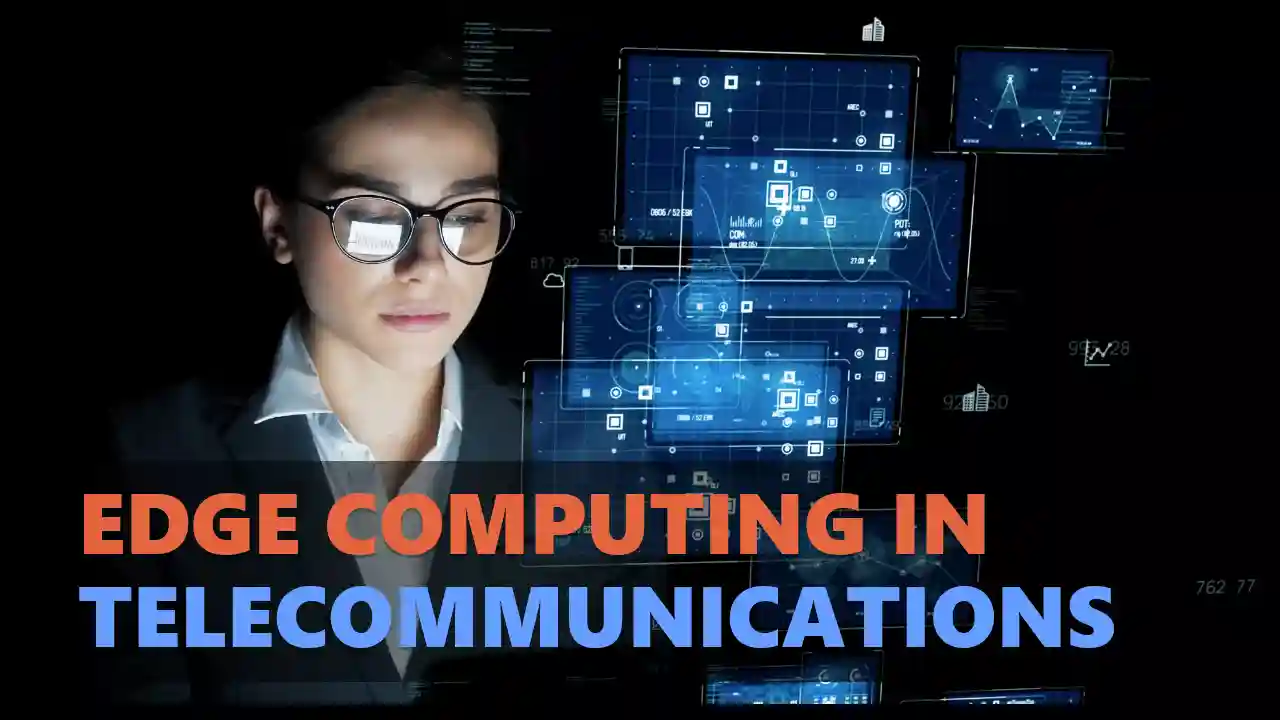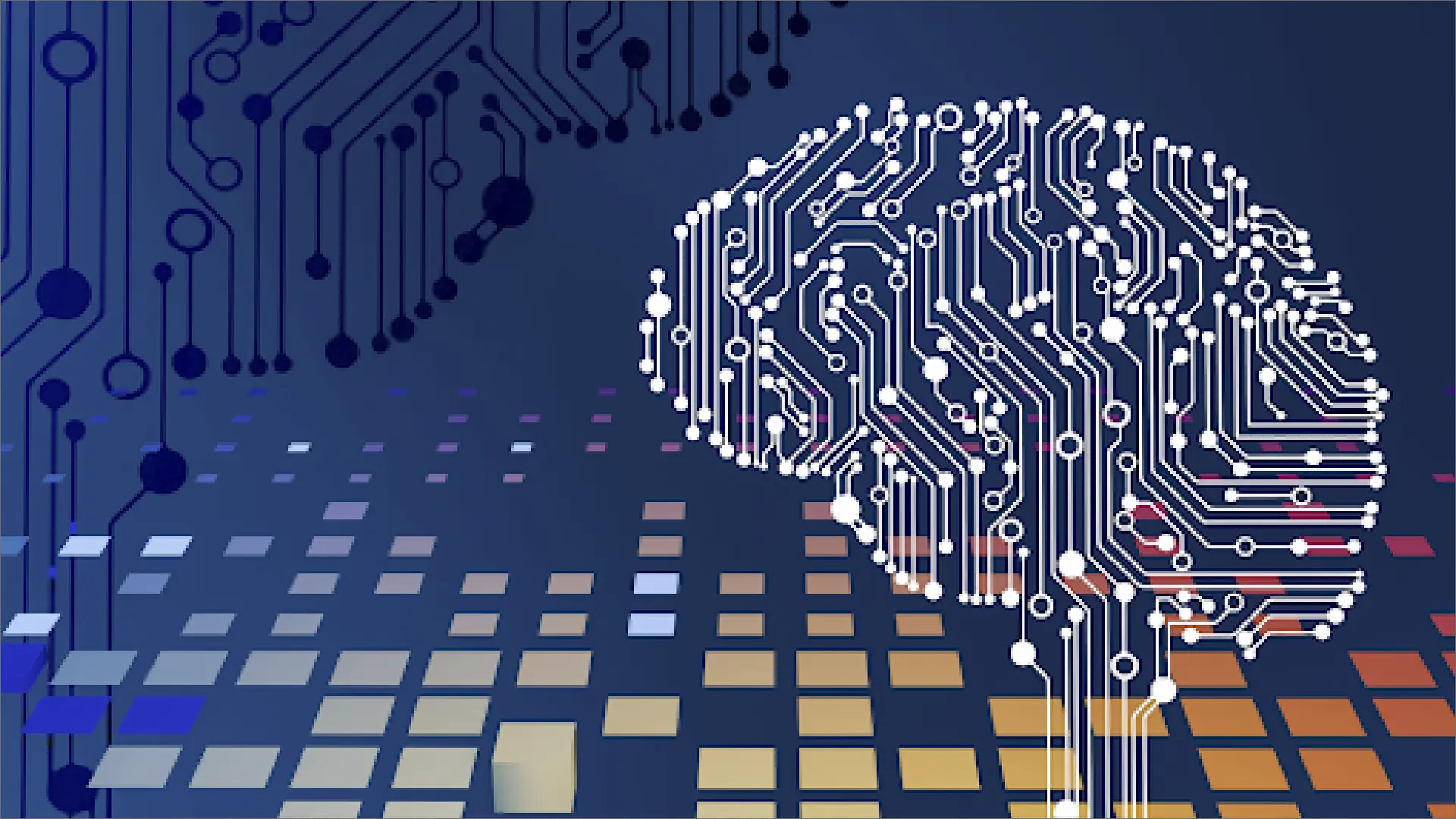Digital transformation continuously provides solutions capable of changing businesses and providing numerous opportunities for growth and development. Edge computing is relatively new technology and has been getting popular in recent years.
It opens up many opportunities for efficiency and stability in the telecommunication sector. That is why it represents a considerable and indispensable challenge for all companies in telecom that want to stand out from their competitors.
Edge computing is a distributed computing system that brings data storage and computation closer to the end user. It helps telecoms in improving network speed and efficiency.
In this article, we will describe edge computing, including its background, how it works, its benefits for telecommunication companies, and challenges that must be overcome to implement it effectively.
What Is Edge Computing?
If you want to understand the impact and opportunities of edge computing in telecommunication, it is important to start with its definition. It is part of a distributed computing topology in which information processing is done close to the edge where people produce and consume that information.
In other words, it is a distributed computing architecture that processes data closer to the source instead of processing in a central data center or cloud. This technology evolved from cloud computing, which has been around for several decades.
Cloud computing uses a central data center to store and process data, while edge computing is designed to process data at the network’s edge. This type of setup is opposite to most companies’ typical centralized processing.
Edge Computing And Cloud Computing

In particular, centralized processing is a typical service that is offered on demand by a provider that works on a network by using multiple servers, organized in a highly reliable structure, and physically located at the data center of the network provider. It means all more or less collected at the same point.
However, this type of organization is not convenient for operators, especially when they have to deal with large amounts of data that needs to be processed for long periods. In such situations, centralized data centers are expensive, energy-intensive, and sometimes unmanageable.
Cloud computing was introduced to overcome such problems, bringing some major advantages. When you shift to the cloud, it greatly reduces the data center’s cost and provides access to storage resources and all that is available at any time at the user’s request.
Despite these benefits, cloud computing cannot solve critical issues of centralized architecture for several reasons. First of all, you can not port all applications to the cloud.
Second, the cloud can not always ensure reliable and stable connections to continuously manage data from different sources. Lastly, cloud computing fails to address latency issues.
Due to these technical limitations, edge computing made its way to new digital solutions such as edge computing which works on the principle of decentralization and brings many improvements in the telecommunication industry.
Now let’s see how edge computing works to understand more about it.
How Edge Computing Work in Telecommunication?
Edge computing in telecommunication works by ‘decentralization,’ which means this network distributes micro data centers throughout its extension. In other words, it works by distributing computation and data storage across multiple nodes in a network.
It is done to reduce the amount of data transmitted over long distances, reduce latency and improve network efficiency. The nodes in the edge commuting network are typically located near the end user or at the edge of the network, enabling faster processing time and reduced latency.
The components of edge computing in telecommunication include edge devices such as routers, gateways, and switches, along with edge servers, edge applications, and edge storage.
Edge devices are used to collect data from end users and transmit it to the edge servers for processing. Edge servers are a crucial part of edge computing and are responsible for processing data at the network’s edge. Edge Storage is used for storing data locally, and it reduces the need to transmit data over long distances.
Lastly, edge applications are software programs designed to run on edge devices and edge servers.
Benefits Of Edge Computing For Telcos

Although we have talked about some of the benefits of edge computing, there are many more that you must know:
1. Lower latency
Decentralization of the collection and processing of data make it possible to reduce latency times and allow providers to deliver efficient services or applications for real-time data monitoring and management.
2. Reduce Response Time
Among other things, edge computing also benefits applications that need response times. Augmented and virtual reality reduces response time and improves customer experience.
3. Better Security
Another benefit that edge computing brings for telecoms is improved security and privacy of data. It avoids bandwidth errors and reduces service errors to ensure the safe transmission of sensitive data.
Edge computing reduces the need to transmit data over long distances so that companies can maintain the same level of power in local processing while avoiding any type of security breaches.
4. Cost Savings
Telecoms using edge architecture can also enjoy the benefit of cost savings as they no longer need to constantly provide high bandwidth for seamless data exchange between the central data center and peripheral sites.
5. Resilient Network
Additionally, edge computing allows telecoms to build a more resilient network that is able to maintain operation even under unexpected or complex conditions.
It is because, in the edge model, peripheral locations have management autonomy and are able to maintain processing power so that they can work, even if the data center has problems working altogether.
6. Better Interoperability
Finally, edge-based platforms also help smooth application development operations, offer better interoperability, and support a wide range of hardware and software environments.
Benefits Of Edge Computing For Telecom Customers
All the advantages we described above have an impact on the service of telecommunication companies, and their customers are the ultimate beneficiaries of this type of computing.
It is possible only due to cloud computing that users now have access to 5G networks almost everywhere and enjoy a stable connection with a good surfing speed at any time.
In addition, the data of consumers are protected and monitored efficiently due to the significant reduction in transferring the data from the periphery to the center of the network.
Along with other benefits, this architecture allows telecommunication companies to develop new digital solutions which translate into new connection services in the market, ultimately, new profit flows for all the operators in this sector.
Challenges In Implementing Cloud Computing to Telecommunication

Along with a number of benefits of edge commuting in telecommunication, it comes with several challenges that need to be overcome. These challenges include:
Technical Challenges
The implementation of edge computing in a complex network can be challenging and require multiple edge devices and servers.
Cost Challenges
As we described above, the implementation of edge computing requires several devices that can be expensive and small companies may not be able to purchase them.
Regulatory Challenges
Edge computing is a relatively new technology. It may also face regulatory issues because governments may be concerned about processing sensitive data at the network’s edge.
Deployment Challenges
Deploying edge computing in a large network requires proper planning and coordination. It is also a complex and time-consuming process.
Conclusion - Edge Computing in Telecommunications
Edge computing is a technology that is becoming increasingly important in telecommunications, providing several benefits, including improved network speed, enhanced network efficiency, better security and privacy, increased reliability, and lower latency.
While challenges must be overcome to implement edge computing effectively, such as technical, cost, deployment, and regulatory challenges, its benefits make it a worthwhile investment for telecommunications companies.
In conclusion, edge computing has the potential to revolutionize the telecommunications industry by improving network performance and providing a better user experience.
Telecommunications companies that adopt this technology will be well-positioned to meet the growing demand for high-speed, reliable, and secure network services.




